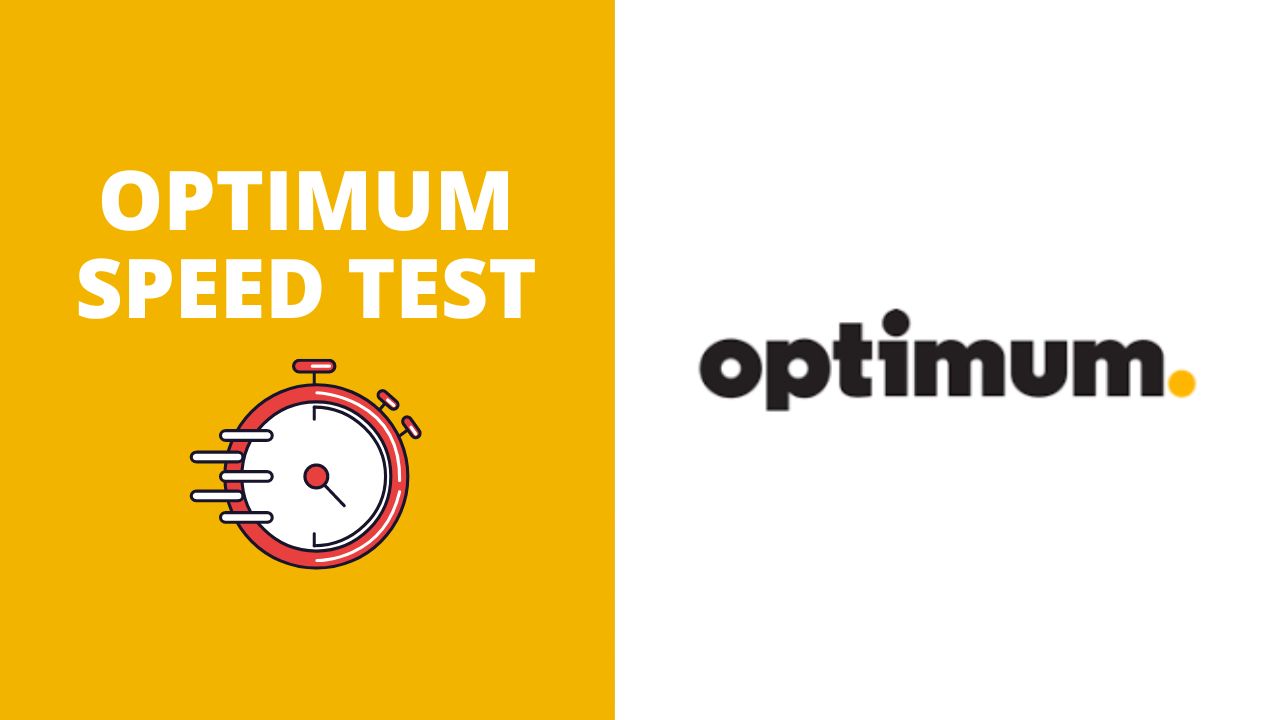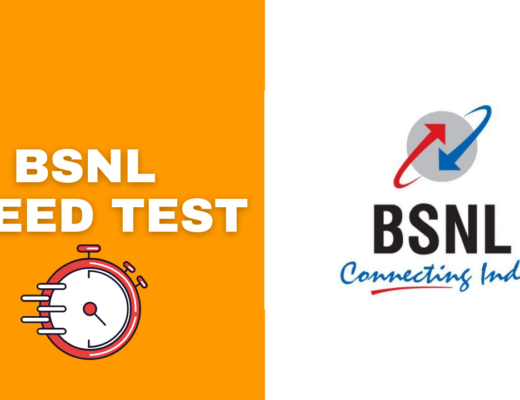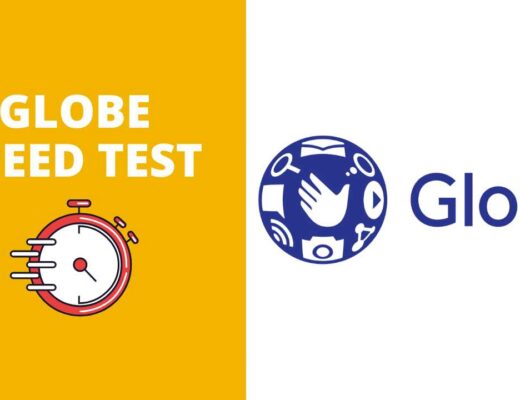Are you looking to optimize your internet speed? Conducting an “optimum speed test” can help determine the fastest and most efficient connection for your home or business. This blog post will cover an optimum speed test, why it’s essential, and how to conduct one.
Optimum Speed Test How Fast is My Internet
An optimum speed test measures the speed and performance of your internet connection. Understanding your internet speed is crucial for a variety of reasons.
For one, it can help determine if you’re getting the most out of your internet service plan. For example, suppose you’re paying for high-speed internet but consistently getting slower speeds. In that case, an optimum speed test can help you identify the issue and get a resolution from your service provider.
An optimum speed test can also help you determine the best connection for your specific needs. Different activities require different internet speeds, so it’s essential to understand what your household or business uses the internet for and choose a plan accordingly.
So, how do you conduct an optimum speed test? Stay tuned for the rest of this post, where we’ll walk you through the steps.
An optimum speed test is a tool that measures the performance and speed of your internet connection. Understanding your internet speed is crucial because it can impact everything from streaming movies and music to online gaming and video conferencing. On the other hand, if your internet connection is fast and reliable, it can be frustrating and disrupt your daily activities. That’s where an optimum speed test comes in.
There are a few key things that an optimum speed test measures:
- Download speed: This is the speed at which data is transferred from the internet to your device. It’s measured in megabits per second (Mbps) and determines how quickly you can download files or access websites.
- Upload speed: This is the speed at which data is transferred from your device to the internet. It’s also measured in Mbps and determines how quickly you can upload files or send emails.
- Latency: This is the time it takes for a request to be sent from your device to the internet and for a response to be received. It’s measured in milliseconds (ms) and can impact activities like online gaming and video conferencing, where a delay can be noticeable.
To check the speed of your internet connection, you can use a speed test tool. There are several websites and applications that you can use to perform a speed test. Here are the steps to follow:
- Choose a speed test tool: There are several websites and applications that you can use to test the speed of your internet connection. Some popular options include Speedtest.net, Fast.com, and Google’s Internet Speed Test.
- Connect to a stable network: To get accurate results, it’s essential to ensure you are connected to a stable network. If you use a wireless connection, try to be as close to the router as possible.
- Run the speed test: Once you have selected a speed test tool and connected to a stable network, you can start the speed test by clicking on the “Start” button or a similar button. The speed test will measure your internet connection’s download speed, upload speed, and latency.
- Interpret the results: After the speed test is complete, you will see the results displayed on the screen. The results will show the speeds in megabits per second (Mbps). The download speed is the speed at which data is transferred from the internet to your device, while the upload speed is the speed at which data is transferred from your device to the internet. The latency is the time it takes for a data packet to travel from your device to the server and back.
- Check the results against your internet plan: Once you have the speed test results, you can compare them to the internet plan you have with your internet service provider (ISP). If the speeds are much lower than what you are paying for, you may need help with your internet connection and contact your ISP to troubleshoot the issue.



